Articles of 2005
Phi Jabba Grabba: Boxing’s Most Notorious Fraternity
The disdain for John Ruiz is shocking when you look at the man and his career. Dubbed the Quiet Man for his polite and courteous manner, Ruiz is a class act outside the ring. In the squared circle, he has defeated noteworthy opponents and fought his way back from devastating losses.
However, it is unbelievably hard to get past his ugly mug style of fighting. Every institution has its own clubs and societies, and boxing is not excluded. Ruiz just happens to be a member of boxing’s most hated fraternity, Phi Jabba Grabba. A lot of fighters join this fraternity in the twilight of their career. Ruiz made his professional debut as a pledge.
Phi Jabba Grabba is not to be confused with Phi Slamma Jamma, the Hakeem Olajuwon/Clyde Drexler led University of Houston Cougars team in the early ‘80s. No, that fraternity was a slam-dunking, excitement-filled, highlight reel waiting to happen. Phi Grabba Jamma is boring, dismal, and abysmal – all at once.
To join this society, you do not have to be a one punch knockout artist or possess welterweight legs. You simply have to master the style of throwing a few punches and then grabbing to avoid an exchange. Since turning pro in 1992, John Ruiz has been awarded Member of the Year repeatedly.
Many other fighters have been affiliated with Phi Jabba Grabba over the years. Lennox Lewis, Vitali Klitschko, and many other big men are in it because of their technique of falling on a smaller fighter when he is swarming in. Lewis was a very active member of Phi Jabba Grabba in his fights against Mike Tyson and David Tua.
Other active fighters affiliated with this organization include:
Tyson – He tries to join other clubs during the first round of his bouts but finds himself coming back to the good ‘ol Phi Jabba Grabba frat house in the later rounds.
Hasim Rahman – He usually does not hang around with this organization when he is in shape.
Riddick Bowe – A more active member these days, but everyone wishes he would declare himself an alumni.
Evander Holyfield – See above.
Even the Greatest was affiliated with this organization. As Muhammad Ali got older, he grabbed almost as much as he rope-a-doped. The most notable example of Ali’s membership in Phi Jabba Grabba is his 1978 rematch with Leon Spinks.
To win his title back, Ali did do a bit of dancing, but a good portion of his attack consisted of jab, jab, right cross, grab, and clinching a swarming Spinks. The plan worked, as Ali won at least ten rounds on every scorecard.
The match was not pretty (and at times downright ugly), but no one in the Ali camp had any qualms about the strategy. In a 1978 Sports Illustrated article, Ali trainer Angelo Dundee said “It was beautifully sloppy. It was gorgeous sloppy, wonderful sloppy. And it was the only damn way we were going to beat Spinks.”
To paraphrase Dundee, there is no shame in being a member of Phi Jabba Grabba at all. Big men join because they cannot fight inside. Older fighters join because they cannot sustain twelve rounds of continuous assault.
And if you are fighter facing a member of Phi Jabba Grabba, do not scoff. Be aware of the fact that your opponent is most likely a seasoned veteran with an extensive knowledge of managing a fight and easily taking home a decision.
-
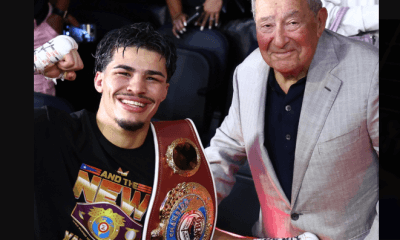
 Featured Articles4 weeks ago
Featured Articles4 weeks agoThe Hauser Report: Zayas-Garcia, Pacquiao, Usyk, and the NYSAC
-
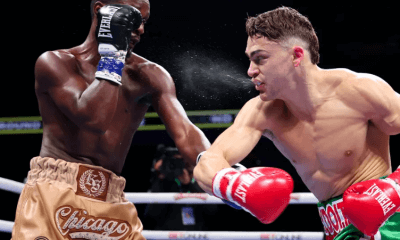
 Featured Articles3 weeks ago
Featured Articles3 weeks agoOscar Duarte and Regis Prograis Prevail on an Action-Packed Fight Card in Chicago
-
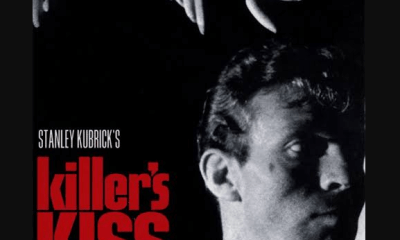
 Featured Articles2 weeks ago
Featured Articles2 weeks agoThe Hauser Report: Cinematic and Literary Notes
-
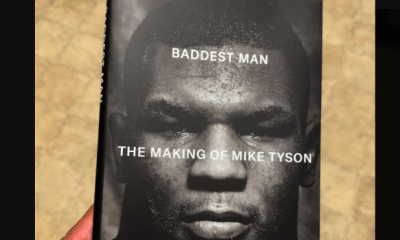
 Book Review2 weeks ago
Book Review2 weeks agoMark Kriegel’s New Book About Mike Tyson is a Must-Read
-
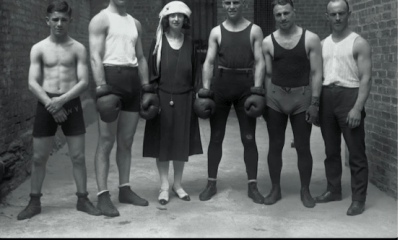
 Featured Articles3 days ago
Featured Articles3 days agoThe Hauser Report: Debunking Two Myths and Other Notes
-

 Featured Articles4 weeks ago
Featured Articles4 weeks agoRemembering Dwight Muhammad Qawi (1953-2025) and his Triumphant Return to Prison
-
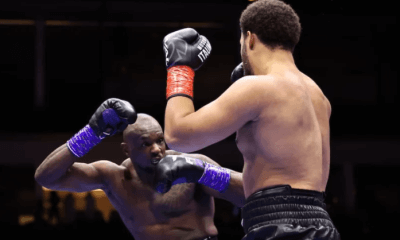
 Featured Articles1 week ago
Featured Articles1 week agoMoses Itauma Continues his Rapid Rise; Steamrolls Dillian Whyte in Riyadh
-
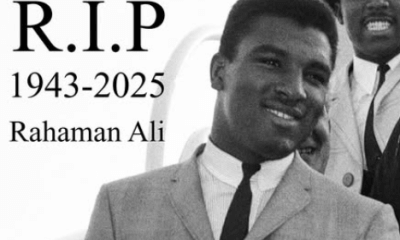
 Featured Articles3 weeks ago
Featured Articles3 weeks agoRahaman Ali (1943-2025)















